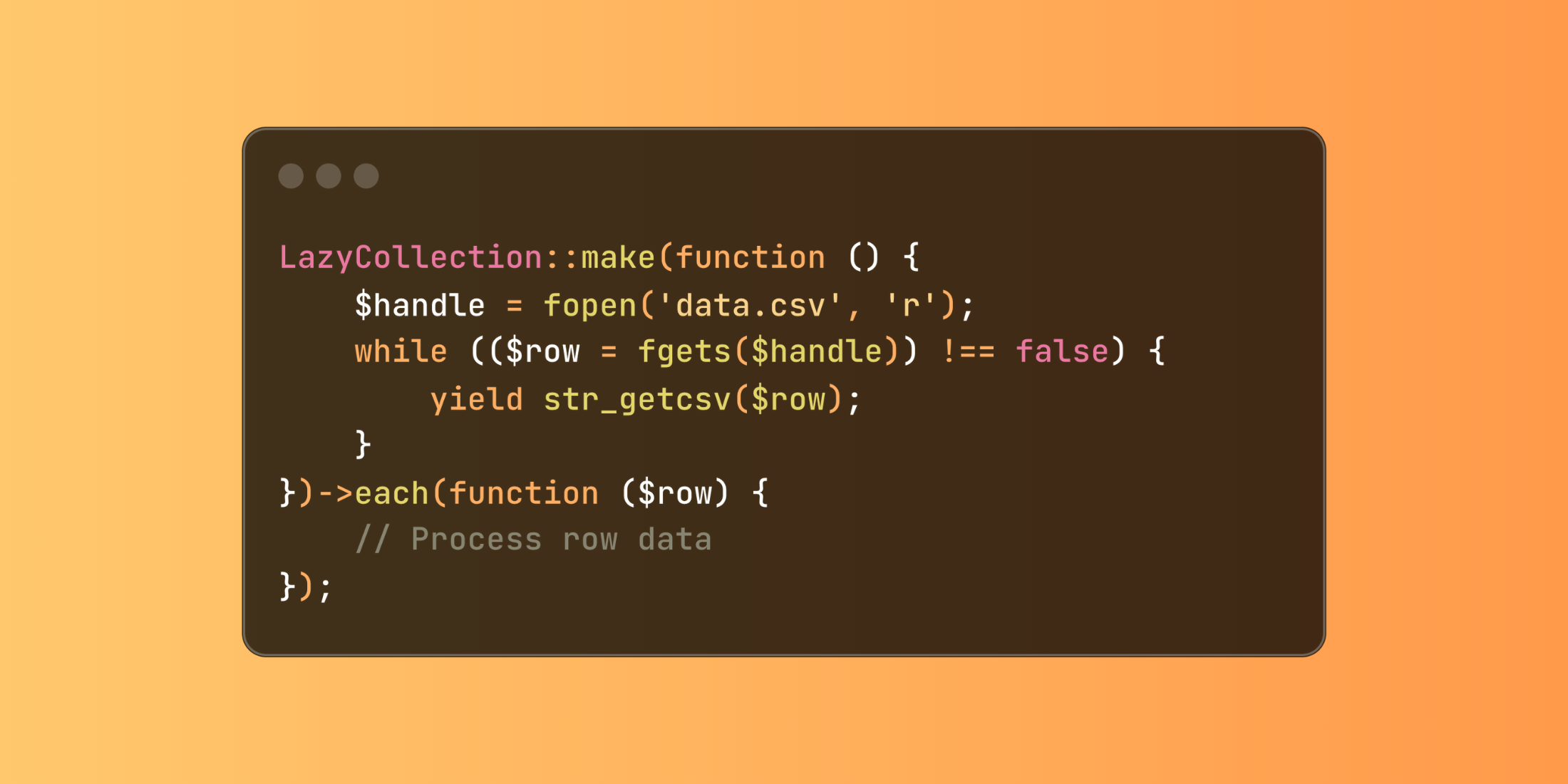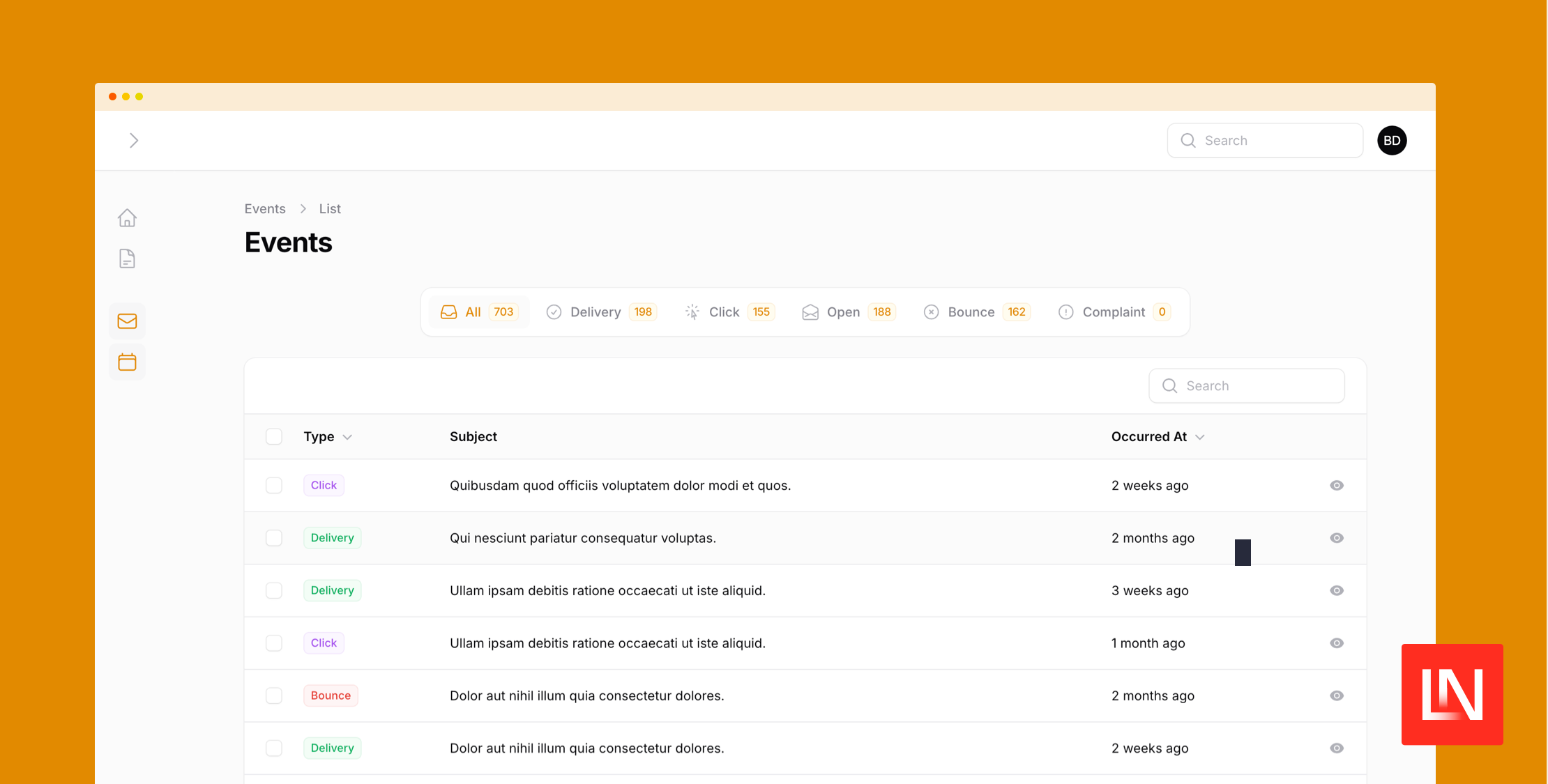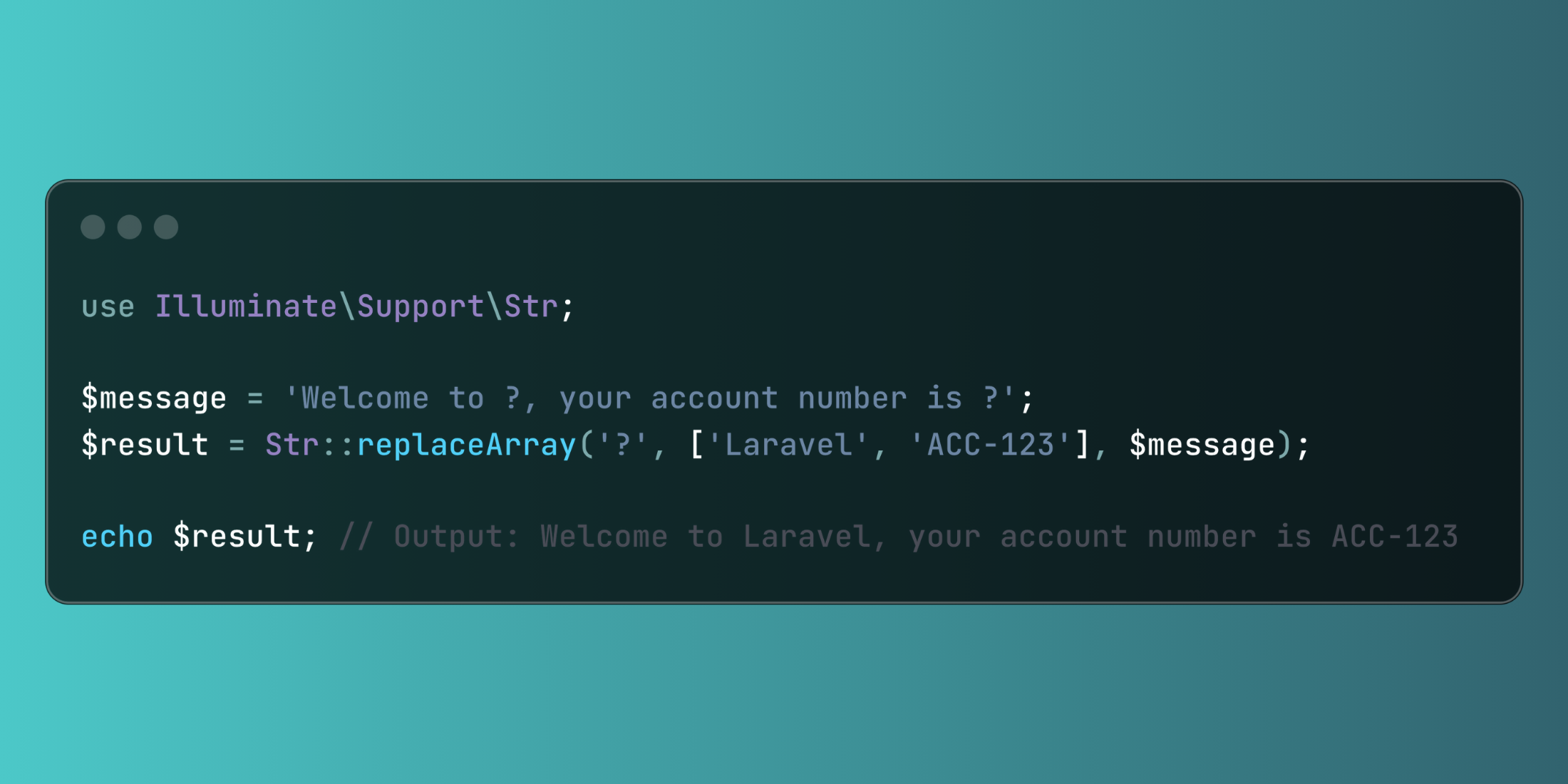Laravel Precognition was overhauled and ships with a fresh perspective on predicting the outcome of a future HTTP request. The Laravel team has taken the original version and polished it to streamline front-end and server-side validation with popular front-end tools:
Laravel Precognition is ready to predict the future! 🧠
— Taylor Otwell 🪐 (@taylorotwell) May 23, 2023
Easily add real-time validation to your JS + Inertia powered Laravel apps without duplicating your validation logic on the front-end.
If you're using Livewire this is already easy for you. 😛https://t.co/QSa2RT7bsq pic.twitter.com/td49eDUReQ
The Precognition docs have instructions for using Precognition with Vue, React , Vue + Inertia.js, and React + Inertia.js to streamline validation. Regardless of the front-end technology you use, routes that tap into Precognition only need to provide the framework-provided middleware:
use App\Http\Requests\CreateUserRequest;use Illuminate\Foundation\Http\Middleware\HandlePrecognitiveRequests; Route::post('/users', function (CreateUserRequest $request) { // ...})->middleware([HandlePrecognitiveRequests::class]);Depending on your front-end technology, installing the accompanying NPM module makes validation with Precognition a breeze. For example, the following is a form component with precognition validation using the laravel-precognition-vue module:
<script setup>import { useForm } from 'laravel-precognition-vue'; const form = useForm('post', '/users', { name: '', email: '',}); const submit = () => form.submit();</script> <template> <form @submit.prevent="submit"> <label for="name">Name</label> <input id="name" v-model="form.name" @change="form.validate('name')" /> <div v-if="form.invalid('name')"> {{ form.errors.name }} </div> <label for="email">Email</label> <input id="email" type="email" v-model="form.email" @change="form.validate('email')" /> <div v-if="form.invalid('email')"> {{ form.errors.email }} </div> <button>Create User</button> </form></template>As the user fills out the form, Precognition will handle live validation output powered by Laravel validation rules on the server-side form request.
The front-end also has some useful methods to determine the validation of fields and general things about validation:
form.hasErrors();form.valid('email');form.invalid('email');form.validating; form.submit() .then(response => { form.reset(); // ... }) .catch(error => { // ... });Check out the documentation for other features like $request->isPrecognative() in the server-side form request, which you can use to manage side effects and adjust validation rules.










